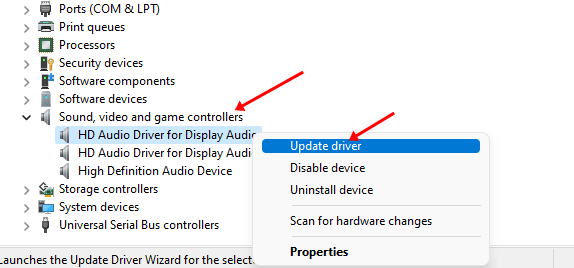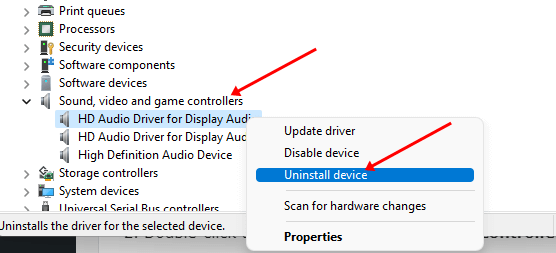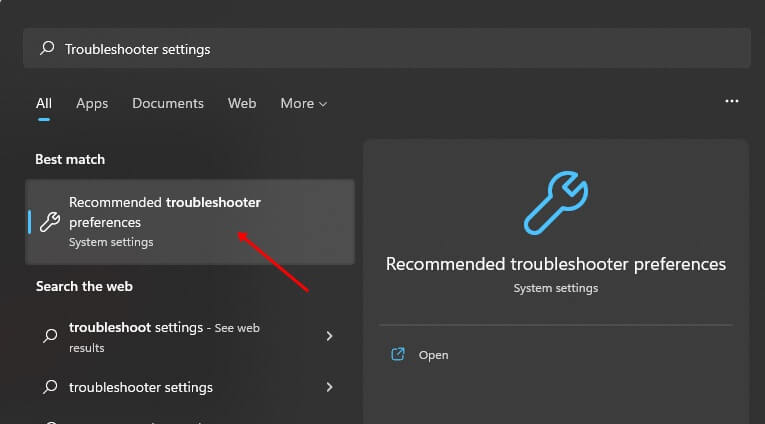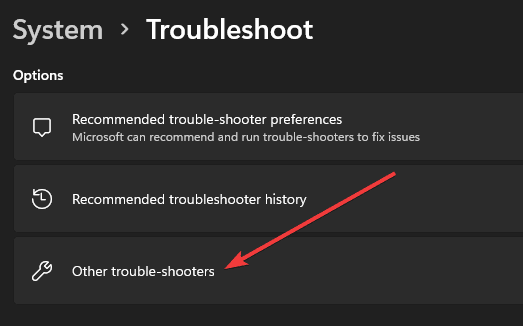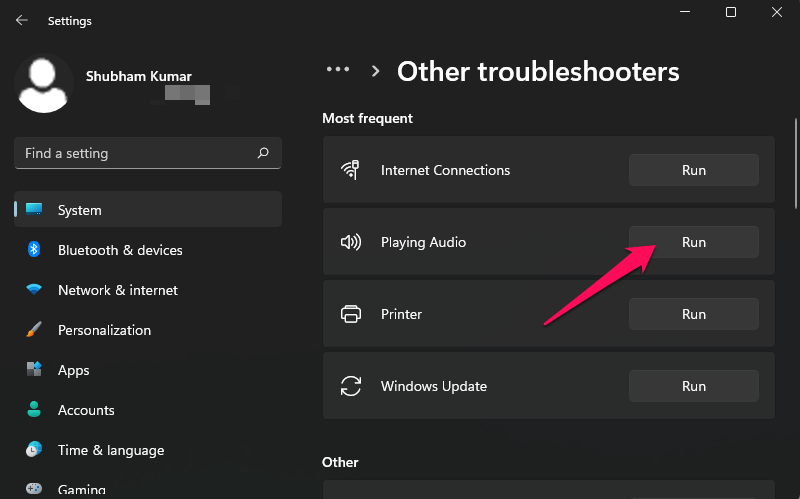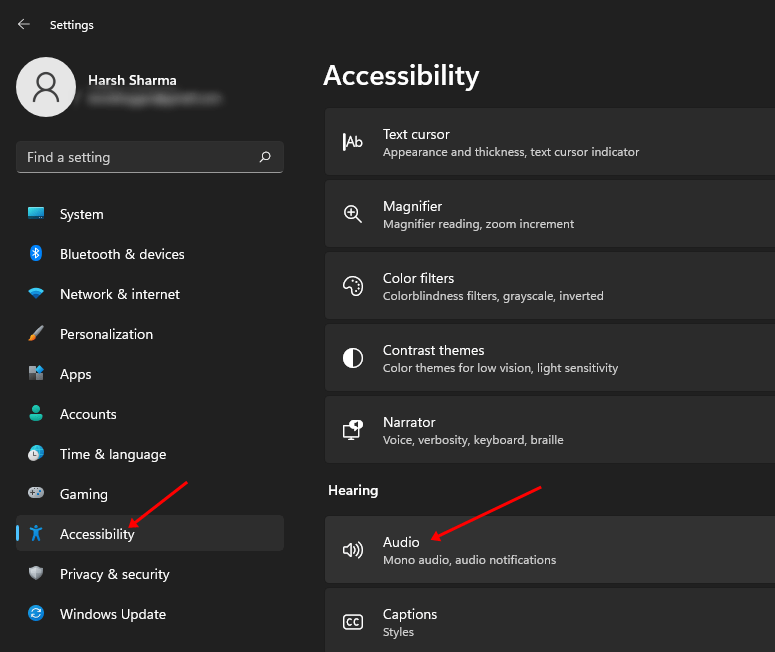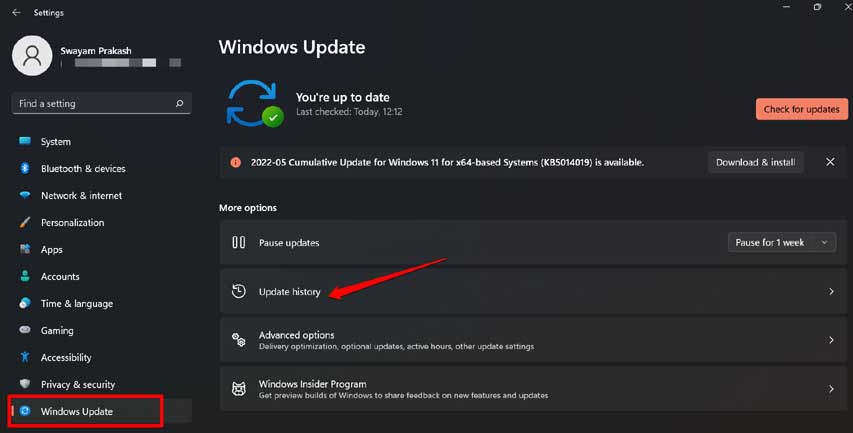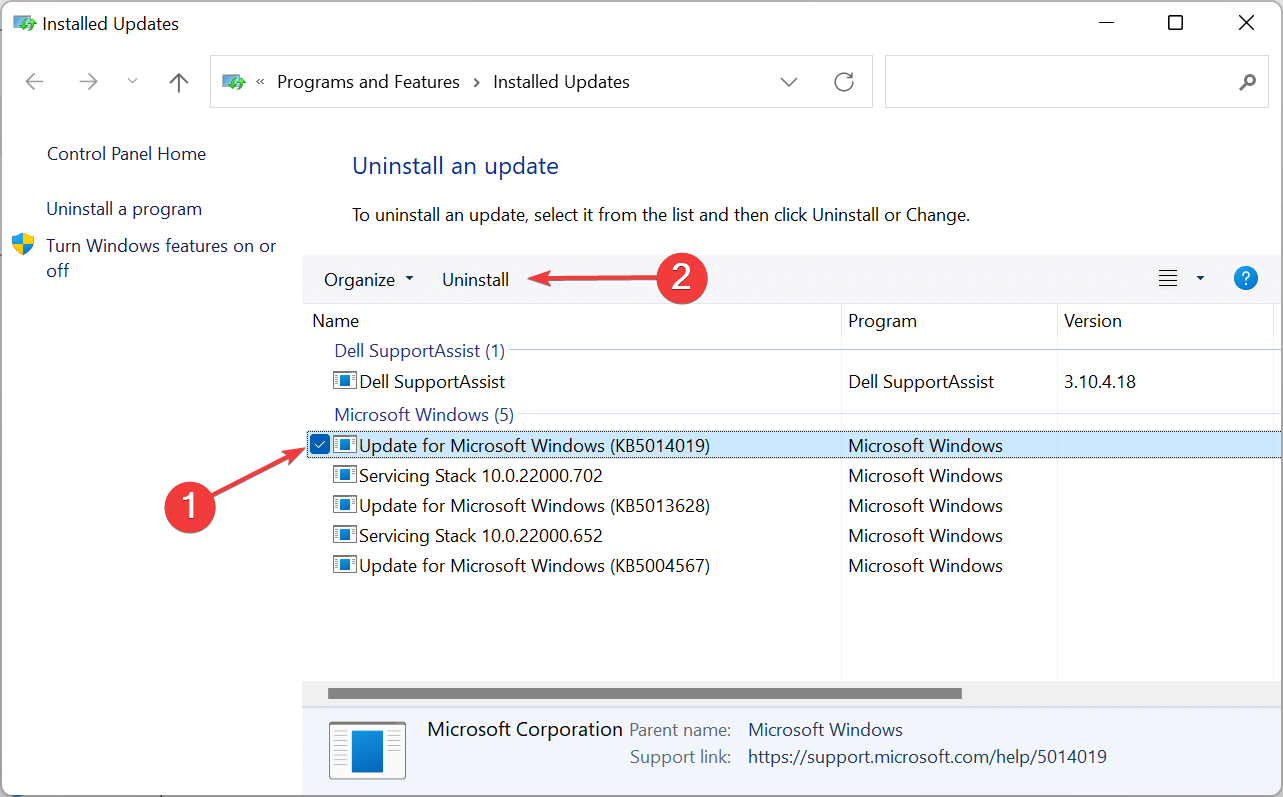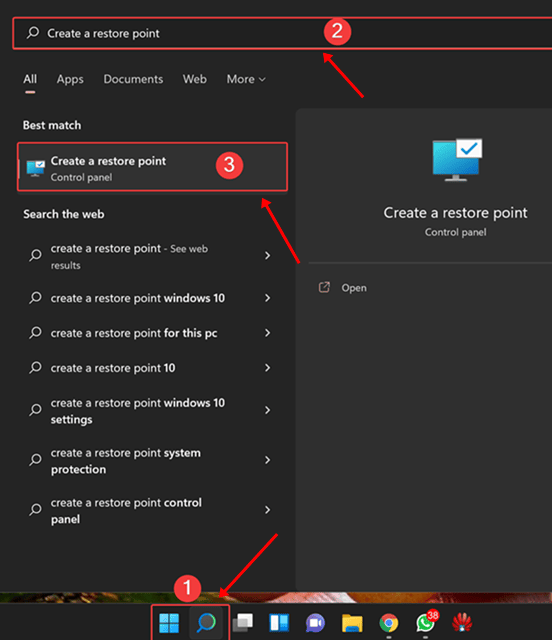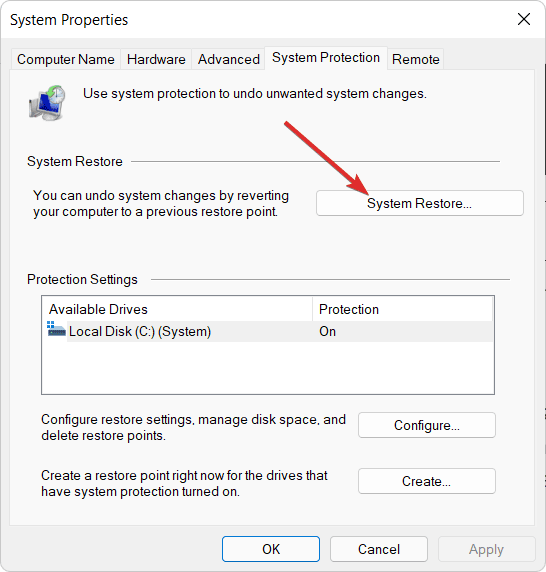Updates bring new features to the system along with fixes to the bugs in the software. Whenever a Windows update is released, you expect it to have bug patches and some new features or changes to the system, but that’s not always the case. Many users have reported that updating their Windows resulted in audio not working on their PC.
After the Windows update was installed, there was no audio output for most of the users and they ended up getting the ‘No audio output device is installed’ error. This is generally caused due to outdated drivers on your system. When a Windows update messes up with the audio driver on your system, you will likely encounter this issue.
There’s nothing to worry about if you have been facing this error. This article will discuss how you can fix the No Audio Output Device Is Installed error in Windows 11.
Fix No Audio Output Device is Installed in Windows
If you cannot hear the volume on your Windows PC and get a No Audio Output Device is Installed error on Windows. Then this article will help you with it.
Before continuing with the troubleshooting steps, ensure you have tried increasing the volume and changing the speaker or earphone you are using. If that didn’t help, move to this article’s next step.
1. Update Audio Driver
The very first thing that we recommend you do is update the Audio Driver. To do so, follow the steps mentioned below –
- Go to the Start menu, search for the Device Manager and open it.
- Expand the Sound, video, and game controllers section by double-clicking on it.
- Now, right-click on your Audio driver, and then click on Update Driver.
- Now, click Search Automatically for Drivers to download and install an audio driver from the internet.
- Once the update has been installed, restart your PC.
Another way to update your Audio Driver is to head to your sound card manufacturer’s website
2. Reinstall Audio Driver
If updating the drivers didn’t help you, we recommend you reinstall the audio driver. This can be done by following the steps given below-
- Press Windows + X key combo and then click on Device Manager.
- Double-click the Sound, Video, and game controller options to expand it.
- Right-click on your audio driver from the list of drivers and then click Uninstall Device.
- In the confirmation prompt, click on the Uninstall button.
- Once done, restart your device and that will reinstall the drivers.
3. Run Audio Troubleshooter
Running Audio Troubleshooter will help fix any issue you face with the audio output and input. To run an audio troubleshooter, follow the steps given below-
- Press the Windows key and search for Troubleshoot Settings.
- Here, click on Other Troubleshooters.
- Look out for Playing Audio, and click on the Run button next to it.
- Now, follow the on-screen instructions to run the audio troubleshooter.
4. Change Mono Audio Settings
The next thing you can try doing is changing the Mono Audio Settings. Given below are the steps to do so-
- Press the Windows + I key combo on your keyboard to open the Settings app.
- On the left sidebar, select Accessibility.
- Now, under the Hearing section, click on Audio.
- Here, check if Mono Audio is enabled or disabled. If it is enabled, then disable it or vice versa.
5. Uninstall the Last Windows Update
As the issue was caused due to updating Windows, you can try uninstalling the last update you installed. This can be done by following the steps given below-
- Go to the Start menu, search for the Settings app and open it.
- Then select the Windows Update option from the left sidebar and click on the Update History option.
- Next, under the Uninstall Updates section, click on Uninstall updates option.
- There, check the last installed update and click on the Uninstall button appearing next to the update.
- In the confirmation prompt, click on the Uninstall option to uninstall the update.
6. Perform System Restore
Lastly, we recommend you perform a system restore if any of the above steps didn’t help fix the issue.
- Open the Start Menu, search for Create a Restore Point and open it.
- Here, click on the System Restore button.
- You will now see two options- Recommended Restore and Choose a different restore point.
- If Recommended restore option points to uninstall the recently installed updates then select that, else if you want to manually select restore point, then select Choose a different restore point. Once done, click on Next.
- Now, select the restore point. If you want to know what programs will be reinstalled or uninstalled after the system restore, then click on Scan for affected programs, else click on Next.
- Click on the Finish button to start the system restore.
- Your system will restart during the process. Wait for the process to complete.
- Once done, check if the issue is still encountered or not.
Conclusion
No audio device is installed error in Windows 10 is generally caused due to issues with drivers after Windows Update. If you have been facing this issue, you can follow the steps in this article to fix it.

